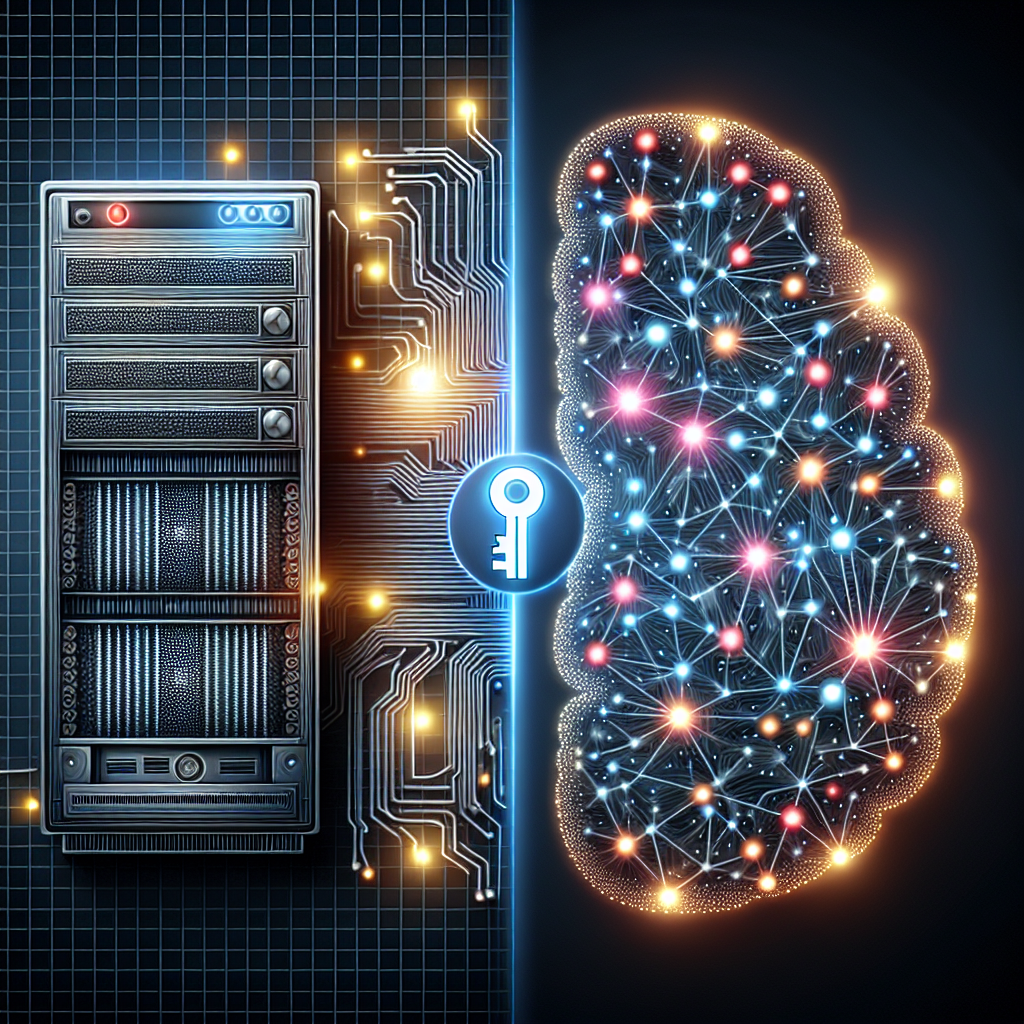AI vs Machine Learning: The Key Differences
Artificial Intelligence (AI) and Machine Learning (ML) are two terms that are often used interchangeably, but they are not the same thing. While both AI and ML are related to the field of computer science and are used to develop systems that can perform tasks that would normally require human intelligence, there are some key differences between the two. In this article, we will explore the differences between AI and ML, as well as some frequently asked questions about these technologies.
What is Artificial Intelligence?
Artificial Intelligence is a broad field of computer science that focuses on creating systems that can perform tasks that would normally require human intelligence. These tasks can range from simple decision-making processes to complex problem-solving tasks. AI systems can be designed to learn from experience, adapt to new situations, and improve their performance over time.
There are two main types of AI: Narrow AI and General AI. Narrow AI, also known as Weak AI, is designed to perform specific tasks, such as playing chess or answering customer service queries. General AI, also known as Strong AI, is designed to perform any intellectual task that a human can do.
AI systems can be classified into three categories based on their capabilities: Reactive Machines, Limited Memory, and Theory of Mind. Reactive Machines are capable of reacting to their environment based on pre-defined rules. Limited Memory systems can learn from past experiences and improve their performance over time. Theory of Mind systems can understand the intentions, beliefs, and emotions of others.
What is Machine Learning?
Machine Learning is a subset of AI that focuses on developing algorithms that can learn from data and make predictions or decisions based on that data. In other words, Machine Learning is a method of training AI systems to improve their performance without being explicitly programmed to do so.
There are three main types of Machine Learning: Supervised Learning, Unsupervised Learning, and Reinforcement Learning. In Supervised Learning, the algorithm is trained on labeled data, where the correct output is provided for each input. In Unsupervised Learning, the algorithm is trained on unlabeled data, where the algorithm must identify patterns or relationships in the data. In Reinforcement Learning, the algorithm learns through trial and error, receiving feedback on its actions and adjusting its behavior accordingly.
Machine Learning algorithms can be further categorized into two types: Regression and Classification. Regression algorithms are used to predict continuous values, such as the price of a house. Classification algorithms are used to predict discrete values, such as whether an email is spam or not.
Key Differences between AI and Machine Learning
1. Scope: AI is a broad field of computer science that focuses on creating systems that can perform tasks that would normally require human intelligence, while Machine Learning is a subset of AI that focuses on developing algorithms that can learn from data and make predictions or decisions based on that data.
2. Approach: AI systems can be designed with or without the use of Machine Learning techniques. Machine Learning is a method of training AI systems to improve their performance without being explicitly programmed to do so.
3. Flexibility: AI systems can be designed to perform any intellectual task that a human can do, while Machine Learning algorithms are designed to perform specific tasks based on the data they are trained on.
4. Learning Process: AI systems can learn from experience, adapt to new situations, and improve their performance over time. Machine Learning algorithms learn from data and make predictions or decisions based on that data.
5. Types: AI systems can be classified into three categories based on their capabilities: Reactive Machines, Limited Memory, and Theory of Mind. Machine Learning algorithms can be classified into three types: Supervised Learning, Unsupervised Learning, and Reinforcement Learning.
Frequently Asked Questions
Q: Is AI the same as Machine Learning?
A: No, AI is a broad field of computer science that focuses on creating systems that can perform tasks that would normally require human intelligence, while Machine Learning is a subset of AI that focuses on developing algorithms that can learn from data and make predictions or decisions based on that data.
Q: What are some examples of AI applications?
A: Some examples of AI applications include virtual assistants like Siri and Alexa, self-driving cars, and facial recognition technology.
Q: How does Machine Learning work?
A: Machine Learning algorithms learn from data and make predictions or decisions based on that data. The algorithm is trained on a dataset, where the correct output is provided for each input. The algorithm then uses this data to make predictions on new, unseen data.
Q: What are some examples of Machine Learning algorithms?
A: Some examples of Machine Learning algorithms include Linear Regression, Support Vector Machines, and Neural Networks.
Q: What are the benefits of AI and Machine Learning?
A: AI and Machine Learning have the potential to revolutionize industries by automating tasks, improving decision-making processes, and creating personalized experiences for users.
In conclusion, AI and Machine Learning are two related technologies that are revolutionizing the way we interact with computers and machines. While AI is a broad field of computer science that focuses on creating systems that can perform tasks that would normally require human intelligence, Machine Learning is a subset of AI that focuses on developing algorithms that can learn from data and make predictions or decisions based on that data. Understanding the key differences between AI and Machine Learning is essential for anyone interested in exploring these cutting-edge technologies and their potential applications.

